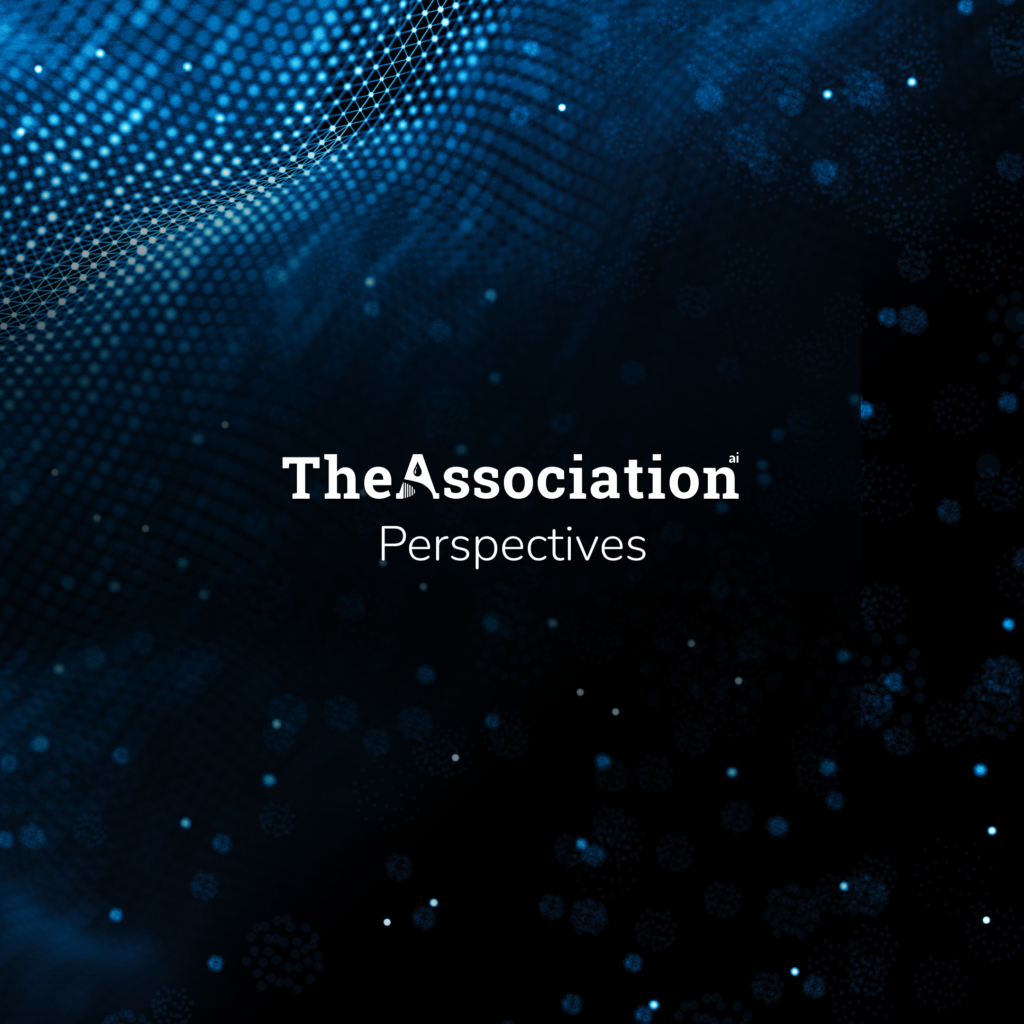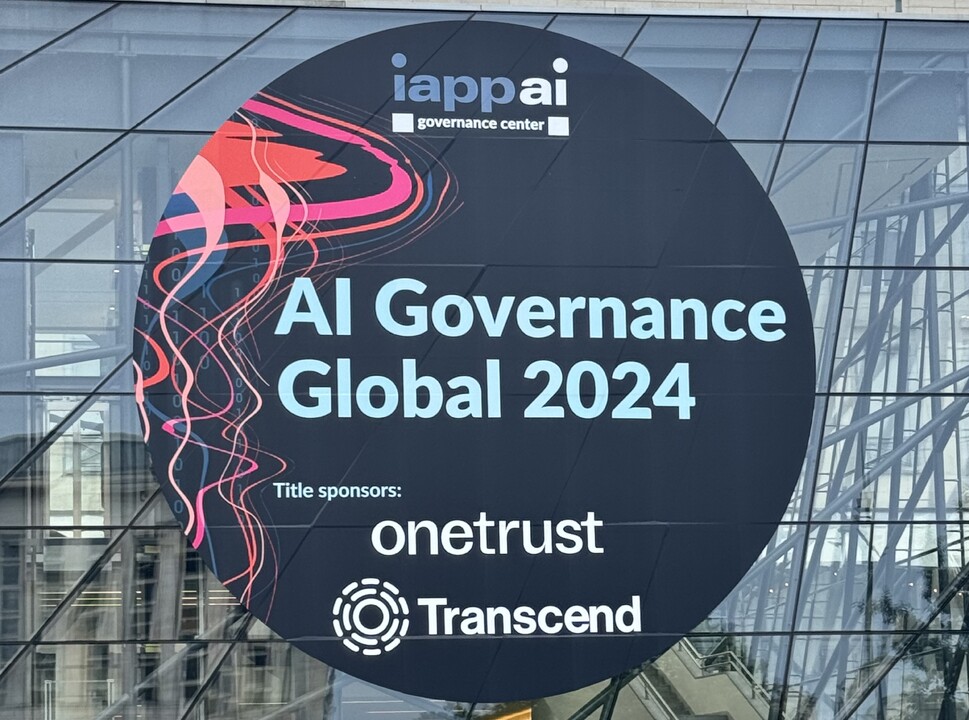
CEO’s Corner: Navigating the AI Wild West
As we close the first half of 2024, the rapid pace of technological advancement in artificial intelligence continues to accelerate. The judicial and regulatory gaps are a major problem; in fact, I would take it a step further to say the archaic judicial and regulatory processes are a bad actor enabler. The legal voids, when paired with “anything goes in the name of technological advancement mentality,” have created a landscape that increasingly resembles the untamed frontier of the Wild West.
While regulations have always followed technology, the reality is times have changed. City, county, state and country laws make a lot of sense for a lot of situations – but when it comes to data and technology that sense has flown out the window. We live in a real-time, data and personalization obsessed globally connected world that’s experiencing an extraordinary era of innovation. Innovation that is leading to new challenges, specifically when it comes to the misuse and ethical deployment of AI. While groundbreaking AI models like OpenAI’s latest release GPT-4o, Claude, LaMDA, BERT, and Gemini are pushing the boundaries of what is possible, they also highlight urgent issues related to privacy, ethics, and regulation.
Bad Actors and Irresponsible Use
AI has dominated the news – the innovations, the secrets unlocked, the regulations, the bad actors, and the irresponsible use. AI is a tool, like any other technology. It’s like a hammer. The same hammer that can be used to build, can be used to destroy.
- Deepfake Bank Scams – AI-generated deepfakes became increasingly sophisticated, facilitating elaborate social engineering scams. One high-profile case involved a deepfake video of a CFO instructing employees to transfer large sums of money to fraudulent accounts. The deepfake was so convincing that it bypassed standard verification procedures, resulting in substantial financial losses and highlighting the growing threat of deepfake technology.
- Data Poisoning Attacks – Multiple high-profile data poisoning attacks occurred this year, with attackers intentionally injecting malicious data into AI training datasets. A notable case involved a leading e-commerce platform where attackers manipulated the training data, degrading the performance of the recommendation system and leading to significant revenue loss. This highlighted the critical importance of securing and validating training data.
- AI Encryption Hacks – In mid-2024, hackers used AI to break advanced encryption protocols, successfully decrypting sensitive communications and data stored by a major telecommunications company. The breach compromised customer information and corporate data, raising alarms about the potential for AI to be used in cryptographic attacks and underscoring the need for continuously updated and strengthened encryption methods.
Regulations and Their Gaps
In response to these challenges, various regions have introduced AI regulations. Yet, like the wild west the laws are different per town and sheriff. This doesn’t scale in a world of clouds, multi-substrate infrastructure, iot, data sharing and geo-residency. A state law may apply to a small business but most med-size to large enterprises will cross state and geographic boundaries. Heck, in a cloud world you may only know your data center regions and not the specific state which doesn’t bode well for the various US state regulations currently under way. There are over 100 global AI regulations in process with the EU AI Act currently being the one to follow.
EU AI Act The EU AI Act aims to create a comprehensive framework for AI risk management, transparency, and accountability. However, its complexity and the difficulty in keeping pace with rapid AI advancements pose significant implementation challenges.
National AI Initiative Act (US) In the United States, the National AI Initiative Act promotes AI research and ethical guidelines but lacks specific, enforceable regulations, resulting in inconsistent state-level regulations and leaving significant discretion to companies.
China’s AI Governance Regulations China’s AI governance regulations emphasize data security and national security, but the heavy focus on national security may stifle innovation and limit international collaboration.
UK AI Strategy The UK’s AI Strategy promotes responsible AI development through public-private partnerships and ethical considerations but relies on voluntary compliance and self-regulation, which may not be sufficient to address all ethical and safety concerns.
Summary of Gaps in AI Regulation and Governance
Despite these regulatory efforts, several gaps remain:
- Global Coordination: The lack of harmonized global AI regulations leads to inconsistencies and challenges for multinational companies trying to comply with different regional standards.
- Dynamic Adaptability: Regulations often struggle to keep pace with the rapid evolution of AI technologies, resulting in outdated or insufficient guidelines.
- Complexity Across Boundaries: The complexity of state, country, and geo-residency boundaries complicates regulatory efforts for an already fully automated, real-time global issue.
- Understanding of AI: Regulators often lack the deep technical understanding required to govern AI effectively, resulting in gaps and oversights in the regulatory frameworks.
- Bias and Fairness: Addressing algorithmic bias and ensuring fairness in AI systems remain challenging, with many regulations providing insufficient guidance on mitigating these issues.
- Enforcement Mechanisms: Effective enforcement and monitoring mechanisms are frequently lacking, reducing the impact of regulatory frameworks.
The Role of AI Implementers: Deputies of the AI Frontier
In this AI Wild West, there will never be a single AI sheriff to enforce the law and maintain order. Instead, the responsibility falls on us—the AI implementers with our hands on the keyboard—to act as the deputies of this new frontier. Together, we can shape a future where AI technologies are developed and deployed responsibly, ethically, and equitably.
We must engage in policy discussions, collaborate across disciplines and borders, and advocate for coherent regulations that bridge existing gaps. By committing to ethical standards and responsible practices, we can harness the full potential of AI while mitigating its risks.
At TheAssociation.AI, we believe that the future of AI depends on the collective efforts of those who develop, implement, govern and regulate these technologies and the data. The professionals in AI, data science, ethics, privacy, robotics, and security are crucial in steering AI towards a responsible and ethical future. By working together, we can ensure that the rapid pace of AI innovation is matched by an equally swift and thoughtful approach to governance.
So what can you do?
- Share and promote TheAssociation.AI with your peers, colleagues, and friends.
- Get involved. Write an article, start a discussion in the forum, get involved in building the platform, or attend an event.
- Provide feedback and suggestions.
Thank you for your dedication to this mission.
Warm regards,
Wendy Turner-Williams
CEO & Founder, TheAssociation.AI





